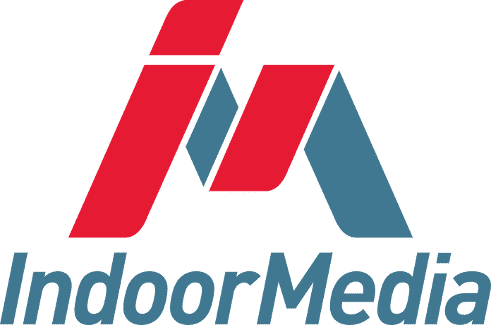We all have to start somewhere, so whether you’re gearing up to run your first Facebook ad campaign or just wondering how many users you could actually reach — be sure to keep reading. In this guide, we’ll discuss what you can expect from running your first advertising campaign and how to get started.
Today, Facebook is one of the largest social media platforms out there — and it’s got plenty of real estate to advertise on. It’s a great medium for small businesses to get their message out there and learn how to compete against national chains, but there are a few pitfalls you’ll need to look out for.
Get Started with Facebook Ads for Beginners
To get started, you’ll need to create a
Facebook Business Page and then login to Facebook’s Ads Manager. From there, you can then customize your campaign and weigh on several factors. These include your Campaign Objective, Audience Selection, and Budget — all of which you should decide well before logging on. Remember that because of its unusually wide reach, Facebook ads will allow you to reach customers on the normal platform as well as Facebook Messenger and Instagram (if you chooose). Facebook alone currently has 2 billion active users, so hone in on the people you are sure you want to reach.
Targeting
Facebook ads allow you to reach a specific audience by targeting demographics, geographics, and interests. In fact, there are hundreds of options for targeting your Facebook ads!
You can select from factors like gender or try to reach customers who work in specific industries. You can target people who like your competitor’s facebook pages, or people who have just bought a house. The possibilities are virtually endless. From there, you can then control whether you want to advertise to your chosen demographic specifically or broaden your net to try your luck with customers who are perhaps interested in one or two of the factors you selected. Based on what you input, Facebook will then tell you how many people it believes your ad will reach. This is an important number, and you should keep track of how it aligns with how many new sales you actually bring in. After all, that’s the whole point of advertising; generate a return on your investment.
Check Distances for your Facebook Ads
While it’s tempting to run a campaign that targets everyone in your city, that may not be the best way to get a return on your investment. As they say, there are riches in niches. If you spread your ad across a broad geographic area, you’ll target a broad group of people. Some may be likely customers, some may not. Instead, its best to target your Facebook ads to the people that live or work just a few miles (1-3) around your business. By targeting this smaller group of people, and hitting them multiple times, you’re much more likely to capture their attention and get them to make a purchase.
In this way, it’s often best to combine any online advertising with a hyper-local campaign. For starters, any consumer who views both ads will be more likely to look into your brand simply because of “repetition.” In today’s world, consumers are so over-advertised to that they often need to view an ad several times before retaining its message. For this reason, it’s best to hit them somewhere you know they’ll end up visiting several times a week.
Many small businesses decide on grocery store advertising for this reason, as thousands of consumers often visit the same store every few days. Plus, most grocery stores pull their customers in from a three-mile radius of the store. That means serious, hyper-local advertising for the right business and thousands of local impressions on your supermarket advertisement.
If you’re curious about what grocery store advertising campaign may work for you, you can look into your options here.
Re-Targeting
As if this information wasn’t enough, the longer you stick with your campaign, the more intelligently you can advertise. By embedding a piece of code called “Facebook Pixel” into your website, you can keep track of how many times a consumer has viewed your ad. This is especially helpful if you’re trying to decide whether to run a “new customer” or “returning customer” promotion. Moreover, you can even tailor the ads to people who have already viewed your ads or visited your website — but haven’t purchased anything.
Over time, the code — and possibly you, if you’re keeping up with your data analytics — will learn which audience is most valuable to your brand and likely to engage with your content. When you know this information, you can use it to target this group specifically or try to find a new audience similar to this group. For example, if you find that your salon’s ads are performing really well with women who love a certain celebrity, you might try to run another campaign to hit on a similar celebrity or one of their interests.
You can also use “Lookalike audiences” on Facebook to make this process even easier. Facebook creates “lookalike audiences” for your brand to advertise to by honing in on the customers who have purchased your goods, followed you, or engaged with your content and then trying to find similar users that match their interests. This is a super easy way to build on everything you learn in your first campaign and surely a great move for any small business.
Takeaways
Whether your restaurant, salon, or even dry cleaning business has a product to sell online is not really the point of Facebook advertising. Instead, by quickly growing the impressions on your content and follower count, you can legitimize your online presence and entice local consumers to check you out!
When someone hears about a new restaurant in their area, the first thing they’re going to do is look them up online. If that restaurant doesn’t have a website, they’re missing out on valuable advertising space. If they don’t have a Facebook, the customer may become skeptical of the brand and decide not to do business with them. In this way, it’s important to get ahead as soon as possible and ensure you’re looking out for your small business.



 By IndoorMedia Marketing
By IndoorMedia Marketing
